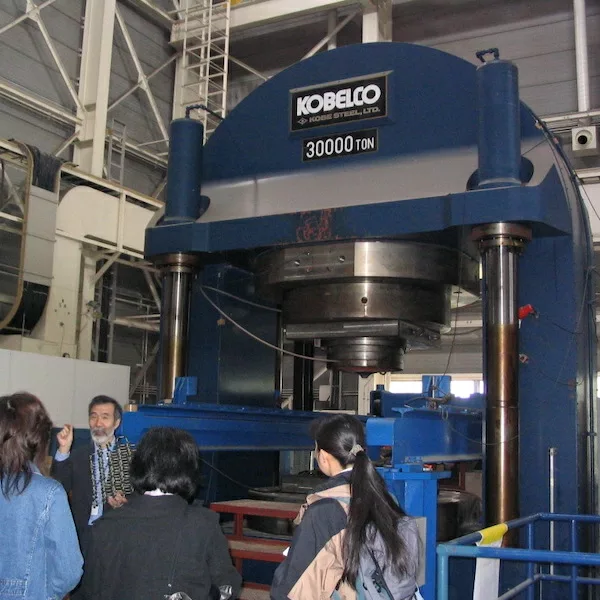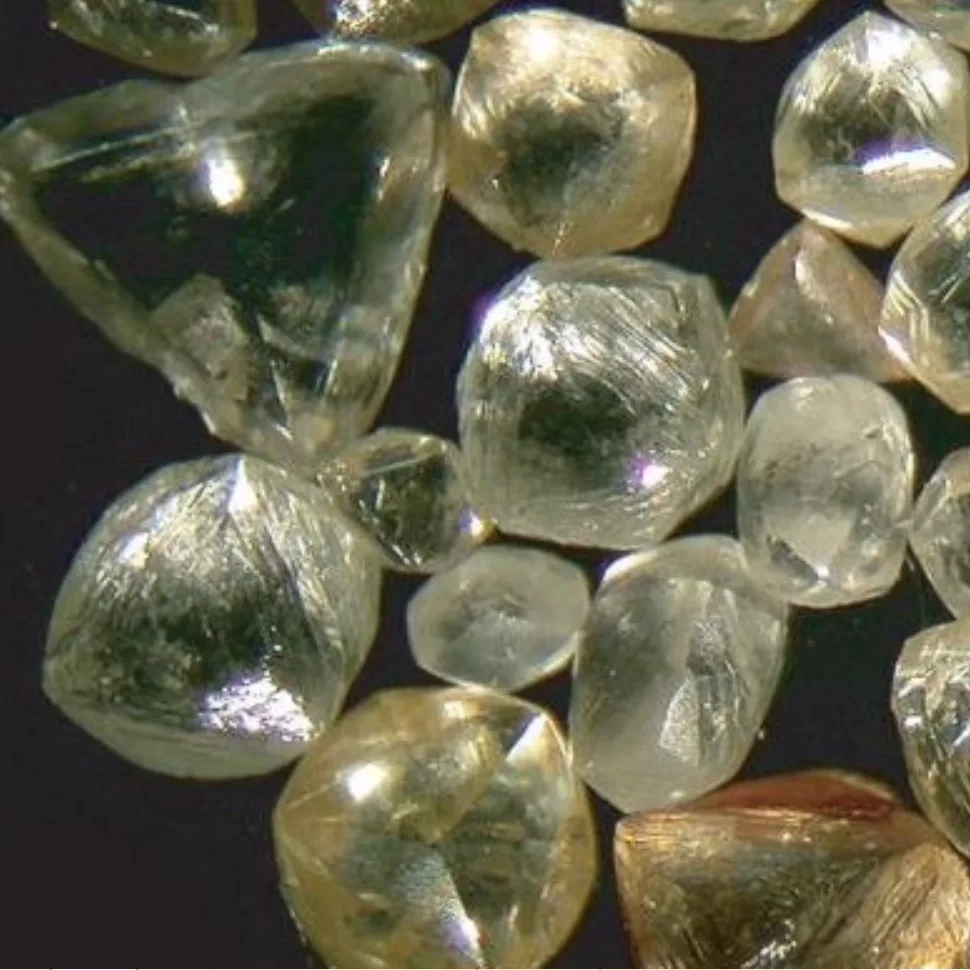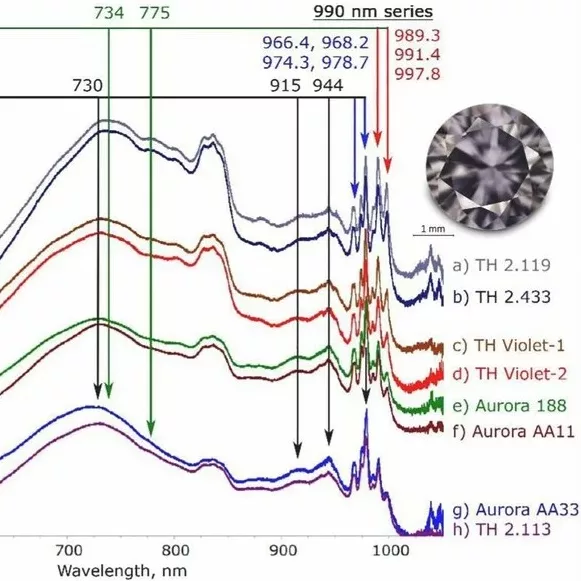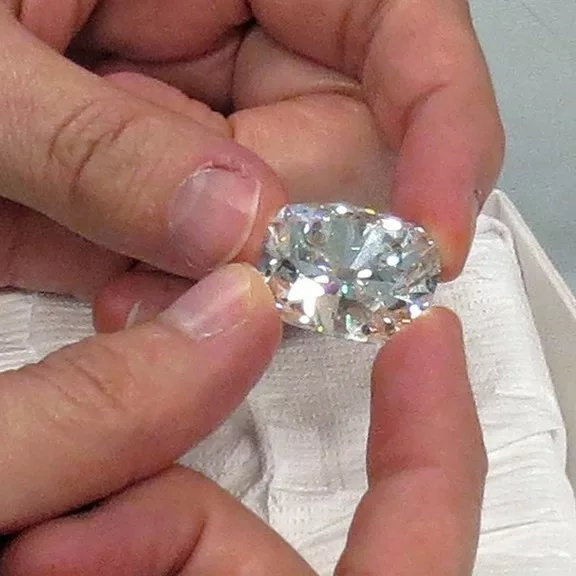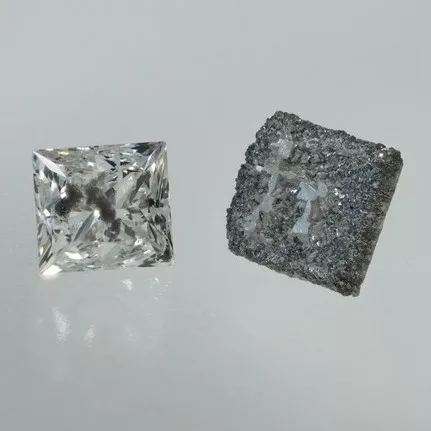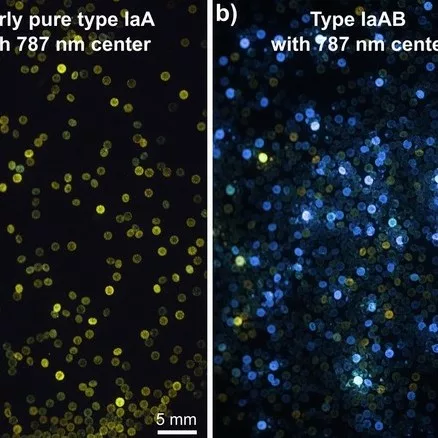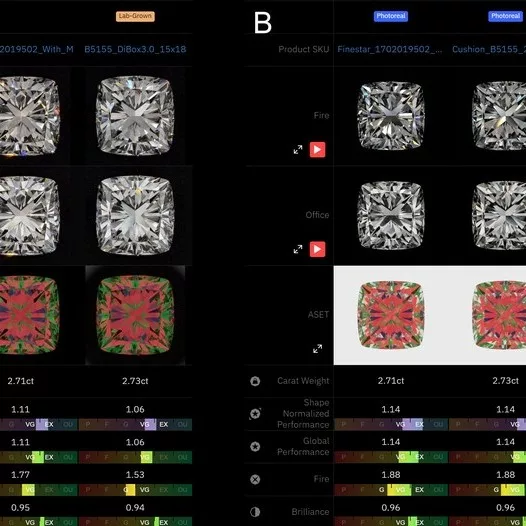A brief history of synthetic diamond researches in Japan
Research on diamond synthesis started in early 1960s in Japan, following GE’s success in 1955. The research was most active between 1980 and 2000 in Japan, triggered by success i
Diamonds and synthetic diamonds
Diamond is historically one of the most important gemstones, in terms of value, use and general appreciation. Diamonds were generally formed relatively early in the Earth’s Histo
Mapping underground rivers at the Copeton Diamond Field, New South Wales, Australia. Following these “deep leads” to further riches
In Australia’s ‘New England’, early gold and tin explorers discovered diamonds in their sluice boxes without realising their significance, but by the 1890s the Copeton-Bingar
Violet Diamonds from Argyle: New Insights into the Cause of their Unique Color
Until its recent closure, the Argyle mine in Australia has been the only source of uniquely colored violet diamonds produced during the 35 years of its operation. These diamonds th
The Banjarmasin Diamond in Amsterdam – War Booty from Borneo
The Banjarmasin diamond in the collection of the Rijksmuseum in Amsterdam plays a questionable role in the history of the Dutch occupation of Southern Borneo. Confiscated from the
Gemmological studies of “Hybrid Diamond” (Natural + CVD synthetics)
Size and quality of CVD synthetic diamonds for jewelry market have been improved over the years, and various fancy colour CVD diamonds have also been produced. In addition, overgro
A study of nickel-bearing type Ia diamonds
We present a detailed FTIR and PL spectroscopic study (i.e. at 298 and 77°K) of a large number of colorless (i.e. color D to G) type Ia diamonds (i.e. >200), showing the presence
CVD Rough Diamonds Striae Grading Approach based on Deviated Optical Performance of Polished CVD Diamonds
Diamond’s optical performance cognition and scientific descriptions are based on the three key attributes: brilliance, fire and scintillation. Brilliance is an illusion caused by

